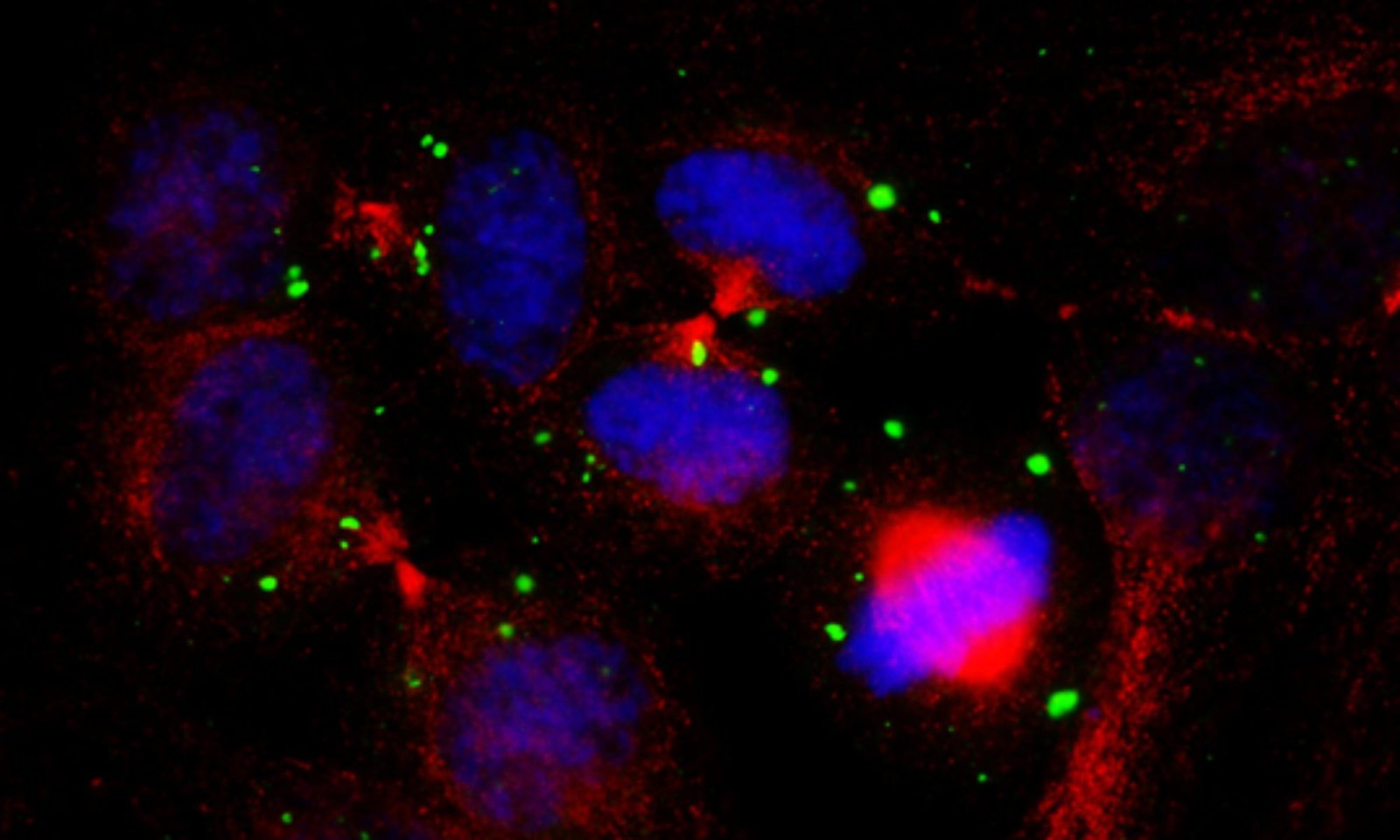This site features trending Adenylyl Cyclases-linked items from the web for 6 of August 2019.
Trending Adenylyl Cyclases news item:
Corals’ pH Sensor Identified: Researchers have identified an enzyme that helps corals keep a steady pH in their cells, even as the acidity changes in their environments. Corals experience pH variation due to fluctuations in cellular metabolism, the differing pH needs of various parts of the coral polyp, and even the changing acidity of the ocean itself. The enzyme, soluble adenylyl cyclase (sAC), produces cyclic AMP (cAMP), a signaling molecule that researchers suspect triggers further chemical reactions to raise or lower cellular pH as needed. Whether sAC can help corals withstand the ocean acidification that accompanies global climate change remains to be determined. The results appear today (November 1) in Proceedings of the Royal Society B… read the entire news item (from The Scientist)
Featured recent scientific publication on Adenylyl Cyclases:
The structure of a membrane adenylyl cyclase bound to an activated stimulatory G protein: Membrane-integral adenylyl cyclases (ACs) are key enzymes in mammalian heterotrimeric GTP-binding protein (G protein)–dependent signal transduction, which is important in many cellular processes. Signals received by the G protein–coupled receptors are conveyed to ACs through G proteins to modulate the levels of cellular cyclic adenosine monophosphate (cAMP). Here, we describe the cryo–electron microscopy structure of the bovine membrane AC9 bound to an activated G protein αs subunit at 3.4-angstrom resolution. The structure reveals the organization of the membrane domain and helical domain that spans between the membrane and catalytic domains of AC9. The carboxyl-terminal extension of the catalytic domain occludes both the catalytic and the allosteric sites of AC9, inducing a conformation distinct from the substrate- and activator-bound state, suggesting a regulatory role in cAMP production… read the entire scientific publication (from Science)
Trending tweet on Adenylyl Cyclases:
—-
—-
Background knowledge on Adenylyl Cyclases:
Adenylyl cyclases are enzymes that synthesize the intracellular second messenger, cyclic AMP (cAMP), which in turn triggers a cascade of biochemical changes that regulate a number of important cellular processes. These cAMP-regulated cellular processes play an important role in the control of a number of metabolic processes including the regulation of blood glucose homeostasis, learning and memory, and cell growth. The Hormone-Regulated Adenylyl Cyclase System: In order to function and survive, cells must respond to a multitude of signals present in their environment. These include chemical messengers released from local or distant parts of the body (such as circulating hormones and neurotransmitters) and external stimuli (such as light and odorants). Typically, these chemical messengers do not cross the cell membrane, but rather transduce their signal to the interior of the cell utilizing a “hand-off’ mechanism occurring at the plasma membrane. In this process, the stimulus or “first messenger” acts at the membrane to regulate the activity of an enzyme that synthesizes (or degrades) an intracellular “second messenger” that can in turn regulate downstream intracellular metabolic enzymes (Figure 1). Cyclic AMP (cAMP), which is synthesized by adenylyl cyclases, was the first of these second messengers identified, and this mechanism has subsequently shown to be utilized as a common biological strategy to regulate cellular behaviors. Regulation of intracellular cAMP concentrations is principally controlled at the level of its synthesis, through the hormonal regulation of adenylyl cyclase, the enzyme responsible for the conversion of ATP into cAMP. The adenylyl cyclase system is comprised of three components: heptahelical G protein-coupled receptors for a variety of hormones, neurotransmitters, and odorants; heterotrimeric G proteins; and the catalytic entity itself. Nine isoforms of membranebound adenylyl cyclases and a single soluble form have been identified in man. The nine membrane-bound isoforms are subjected to hormonal regulation that is mediated by G proteins of the Gs, Gi subclasses. Most importantly, adenylyl cyclase isoforms have the ability to integrate the multitude of hormonal inputs relayed by these pathways to ultimately control intracellular cAMP levels. Discovery: The identification of cAMP resulted from studies aimed at elucidating the biochemical mechanism underlying the breakdown of glycogen in liver cells that is triggered by the hormone glucagon. In his Nobel prize winning discoveries, Earl Sutherland demonstrated that the process involved two distinct stages, a binding of the hormone at the membrane that activated adenylyl cyclase and subsequently generated the second messenger cAMP, and the activation within the cell of the downstream enzymatic process. The later discoveries that the receptor and the adenylyl cyclase were two distinct entities, and the subsequent identification of a third component (the intervening heterotrimeric G protein) have provided our modern day model of the hormone-regulated adenylyl cyclase system. Almost three decades following the discovery of cAMP, the genetic material encoding the first adenylyl cyclase was isolated, which further exposed the complexity of this signaling system… read more (from Encyclopedia of Biological Chemistry, 1st Edition)
Keywords: Adenylyl Cyclases, heterotrimeric GTP-binding protein (G protein)–dependent signal transduction, cyclic AMP (cAMP), corals.
Join for free INPST as a member
The International Natural Product Sciences Taskforce (INPST) maintains up-to-date lists with conferences, grants and funding opportunities, jobs and open positions, and journal special issues with relevance for the area of phytochemistry and food chemistry, pharmacology, pharmacognosy research, and natural product science.

























